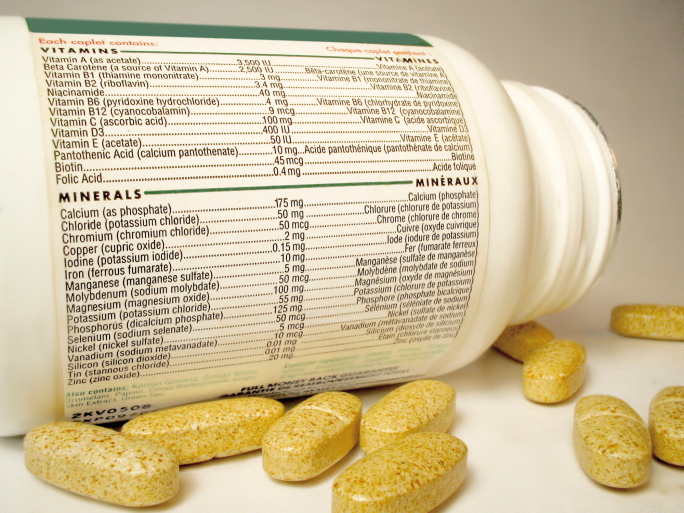
Skip section navigation (navigation may have changed)
Section navigation
Vitamins
If carbs, proteins, and fats are like main actors, then vitamins are important supporting actors in your diet. They help build bones, heal cuts, and even give you healthy skin. Want more reasons? Check out our chart below to learn what all the main vitamins do — and great ways to get them.

 Pop a pill?
Pop a pill?
Most healthy kids should be able to get all their vitamins by eating a mix of healthy foods. If you think you may need a vitamin pill, ask your doctor. But even if you take a pill, remember that it can't replace fruits, veggies, and other great-for-you foods! Also keep in mind that herbal supplements and other "natural" products are not always safe, so check with your doctor about those too.

Your body also needs minerals to grow and be healthy. You may think of minerals as things like silver and gold, but minerals are also in food. Read all about the minerals you need.
Girls may get too little of two important vitamins: vitamin D and folic acid. Read our info below on vitamins that need special attention.
Vitamins that need special attention
We love all our vitamins, but two deserve a special mention.
Vitamin D works together with calcium, an important mineral, for bone health. Make sure to get 600 International Units of vitamin D every day. You can check out the chart below for foods with vitamin D. Read more about vitamin D and bone health.
Folic acid helps prevent a serious birth defect in babies. Anyone who can get pregnant needs 400 to 800 micrograms (mcg) of folic acid every day. Enriched grain foods, like fortified cereals and breads, have added folic acid. Eating a bowl of cereal every day is one way to get folic acid, but check the Nutrition Facts label on the box to see if your cereal has 100% of what you need. Another source is 100% orange juice. You also can get folic acid from a pill.
Vitamin chart
Vitamin | How it helps | Where you get it |
A |
| |
B vitamins, including B-12 and folic acid (say: FOH-lik ASS-ihd) or folate (say: FOH-layt) |
|
|
C |
|
|
| ||
E |
|
|
K |
|
|
Content last reviewed November 05, 2013
Page last updated January 13, 2014







